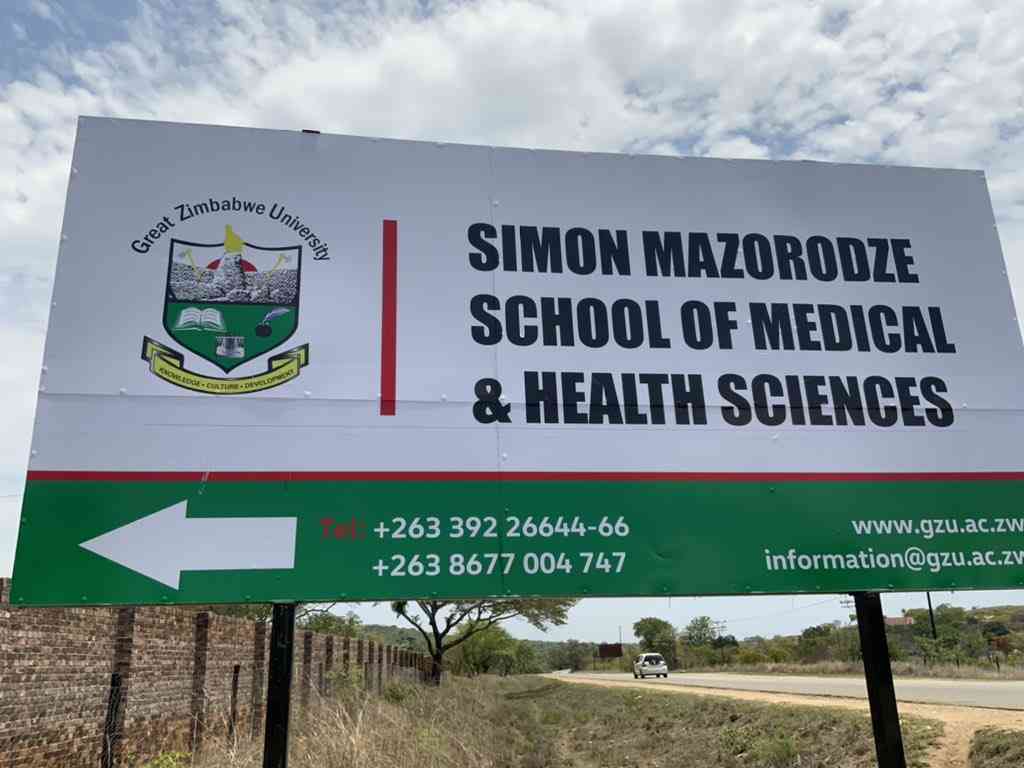
LOSS and damage issues have become a topical component of climate change mitigation and adaptation.
Deserving nations for loss and damage funds from the Global South should not wait for international conferences and conferences of parties (COPs), to talk about issues of loss and damage. No matter what the circumstances are, loss and damage should be everyone’s business, locally, regionally and internationally.
Loss and damage can be viewed as negative effects of climate change, variability and climate change that people have not been able to cope with or adapt to. There are also losses and damage that can be avoided while some are unavoidable.
Loss and damage can also be classified as “residual impacts” or “residual costs” of climate change that cannot be avoided by mitigation and adaptation (IPCC, 2014). Loss and damage occur because of slow onset of climatic processes and extreme weather events (UNFCCC, 20180.
When interrogating issues of loss and damage, it is also significant to note the nature of loss and damage covered under the UN’s International Strategy for Disaster Risk Reduction.
In this regard, only those losses and damages that occur because of extreme events such as floods, cyclones, droughts, biodiversity loss, forest degradation, among others, are covered.
Regions like southern Africa are becoming hotpots for natural disasters and extreme weather events that have contributed too much destruction to infrastructure, property, livelihoods, among others.
Southern Africa which also constitutes Zimbabwe is currently staring the gory effects of repeated cyclones of various names threatening wide-scale damage to the already fragile situations and circumstances, inflicted for the past two years.
- COP26 a washout? Don’t lose hope – here’s why
- Out & about: Bright sheds light on Vic Falls Carnival
- COP26 a washout? Don’t lose hope – here’s why
- Out & about: Bright sheds light on Vic Falls Carnival
Keep Reading
Southern African countries are still nursing the effects of these cyclones and this has become a major concern for climate security, livelihood recovery and infrastructural rehabilitation.
To the southern African region, this should be a wake-up call for the countries concerned to stop treating these extreme weather events, with kid gloves and as a form of communication massaging.
While it is the responsibility of the developed countries to provide the most needed climate finance, the affected countries also have a duty so that loss and damage becomes everyone’s responsibility. Sadc countries need to seriously invest in locally-driven initiatives to be complemented by the envisaged or pledged financial remittances, some of which have never been realised by some countries in need.
This is due to several financial bottlenecks, obstacles and lack of transparency and urgency in releasing these climate finances to fund wide-scale loss and damage. There are many protocols and strict institutional channels to be considered if deserving countries are to access climate finance. The institutions that provide climate finance are many and not short of funds though, with others coming on board but still, climate finance remains problematic and inaccessible.
The institutions entrusted with providing climate finance are the Green Climate Fund, Climate Technology Centre, Adaptation Fund and Global Environmental Facility, World Bank Group, African Development Bank, Inter-American Development Bank, European Investment Bank, among others.
Issues of pre-arranged financing for disasters have also taken centre stage, with countries going through a rigorous process to be approved yet disasters do not occur according to the predetermined conditions for the Centre for Disaster Protection. Its motto is that the cost of disasters and crises should be paid with money, not lives and livelihoods. Once the funds are accessed, they can be used for anticipatory action or in response to a crisis.
With the Sadc case in mind, the Sadc Humanitarian Disaster Centre is just for collective monitoring processes without any collective interventions. Within the context of Sadc there is the Humanitarian and Emergency Operations Centre which recommended that Sadc member States should closely monitor official weather updates from their national meteorological centres, intensify public awareness and sensitisation campaigns, with emphasis on high-risk areas, ensuring prepositioning of relief supplies.
Once these noble recommendations are not emphatic on the need for action, quite sound as these may be, the major interventions are still left to individual countries which leave the most vulnerable countries in Sadc highly exposed.
Therefore, each Sadc country needs to invest enough resources in disaster management. Issues of surveillance, GIS mapping and monitoring, emergence aid, relocations and medicines should be readily in place in relevant countries. These should be supported by comprehensive and up-to-date early warning systems frameworks on the ground. In the end, it is not about COP29, international disaster management centres or Sadc Humanitarian Disaster Centre but individual countries. Although help can come from other sources, relevant countries should take the lead, responsibility and accountability.
Already Sadc is experiencing the onset of disasters resulting in wide-scale loss and damage to homes, crops, infrastructure and livelihoods. When their livelihoods are destroyed, vulnerabilities and lack of coping mechanisms increase. Even relocations cannot be taken for granted as resources are required to uplift the flood victims to safe places where tents and temporary shelter, food, clothing, medicine and counselling services are in place.
In this regard, Sadc countries need to localise and contextualise their interventions rather than investing all their hopes in the unreachable Global North powers. That is why these countries, which have now become regular hotspots for natural disasters and extreme weather events, should set aside local emergency funds to act when disasters strike rather than waiting for days or weeks for interventions from elsewhere.
These countries need to invest in long-term flood resilience to manage the vicious cycle of disasters. Local communities need to work with government departments and NGOs for the collective efforts that move countries forward. The engagement of local communities provides ownership, a sense of belonging, attachment and inclusivity.
- Peter Makwanya is a climate change communicator. He writes in his personal capacity and can be contacted on: petrovmoyt@gmail.com










